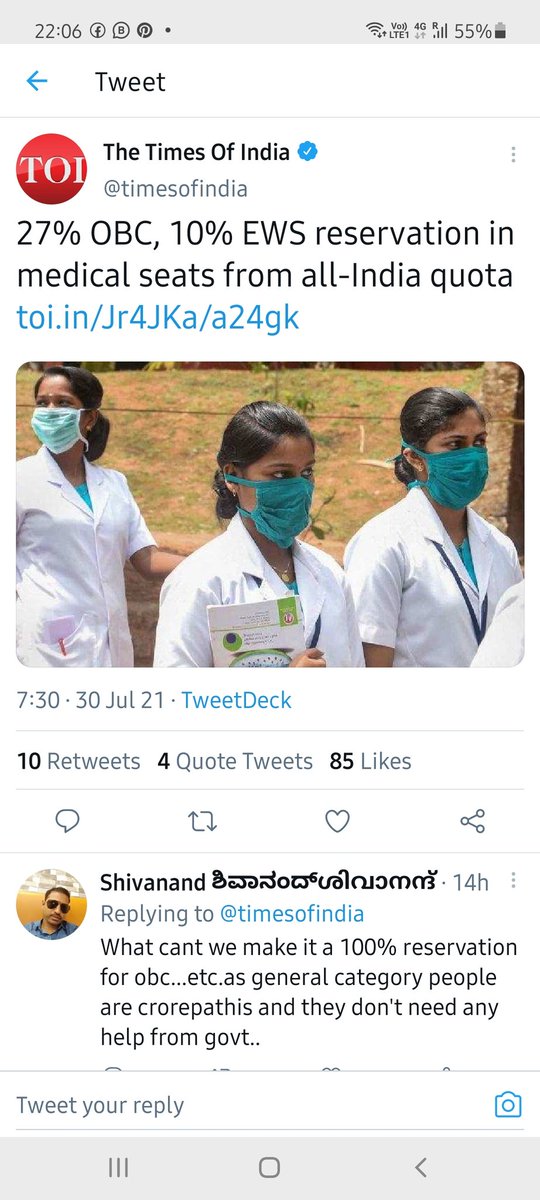
A thread on Firoz shah tughlaq (1351-1388 AD)
He was the third ruler of tughlaq dynasty.
He was more barbaric than Aurangjeb.
He was the straunch follower of shariat.
Lets have look on his barbic incidents in this thread.
@RekhaSharma1511
@SanggitaT
@JyotiKarma7
He was the third ruler of tughlaq dynasty.
He was more barbaric than Aurangjeb.
He was the straunch follower of shariat.
Lets have look on his barbic incidents in this thread.
@RekhaSharma1511
@SanggitaT
@JyotiKarma7

He was born from a marriage between Rajjab Sipah-e-salar and Daughter of Hindu Chieftain of Dipalpur named Naila Bibi, The Chieftain of Dipalpur was coerced and forced to marry his daughter.
He razed almost all the temples around Delhi, Hissar, Jaunpur and Firozabad.
He razed almost all the temples around Delhi, Hissar, Jaunpur and Firozabad.
In 1374 AD he was on banaras mission here he demolished almost all temples and also Kashi vishwanath temple was demolished again.
He banned idolatory And hindu practices almost all his region and bur nt hindu priest alive.
@pallavict
@BharathiyaPsra
@Sandy49363539
He banned idolatory And hindu practices almost all his region and bur nt hindu priest alive.
@pallavict
@BharathiyaPsra
@Sandy49363539
It is a tradition amongst Hindus to have community bathing during Poornima, Firoz Tughlaq had banned such practice. One such incidence is recorded in his memoir "Taarikh-i-Ferozshahi" that he ma ssacred some 20 thousand Hindus at a newly constructed water tank in Malwa.
Mujlims and newly converts enjoyed huge patronage by Firoz shah. Firoz Tughlaq levied huge taxes on Hindus and followed a 3 slab tax structure.
Firoz demolished Meerut pillar inscription of Ashoka and got it installed in Delhi.
@Pratyangira1
@JPulasaria
@DetheEsha
@thesharad
Firoz demolished Meerut pillar inscription of Ashoka and got it installed in Delhi.
@Pratyangira1
@JPulasaria
@DetheEsha
@thesharad
He once boi led a Brahmin alive in his court to terrorize hindus into abandoning worship.
Described as patron of arts and mosques, praised for his "Administration" the true face of such barbarians is revealed in the memoirs of local Islamic Historians.
Described as patron of arts and mosques, praised for his "Administration" the true face of such barbarians is revealed in the memoirs of local Islamic Historians.
Now as Zila panchayat has given the nod to the change the name of Firozabad to chandrangar.
Actually historians sorry distorians like habib says that this was founded by mughals.
Totally wrong actually this was founded by a Jain king Chandrasen and gave the name "Chnadrawad"
Actually historians sorry distorians like habib says that this was founded by mughals.
Totally wrong actually this was founded by a Jain king Chandrasen and gave the name "Chnadrawad"
A lot of jain temples were there that time but destroyed by mlecchas.
Even today an area is known as chandrawad.
It will be good if @myogiadityanath Change the name of this city.
@AgniShikha100
@DramaQueenAT
@Anti_Congressi
@BharathiyaPsra
@Logical_Tweeter
@RadhaTr98
Even today an area is known as chandrawad.
It will be good if @myogiadityanath Change the name of this city.
@AgniShikha100
@DramaQueenAT
@Anti_Congressi
@BharathiyaPsra
@Logical_Tweeter
@RadhaTr98
• • •
Missing some Tweet in this thread? You can try to
force a refresh
















